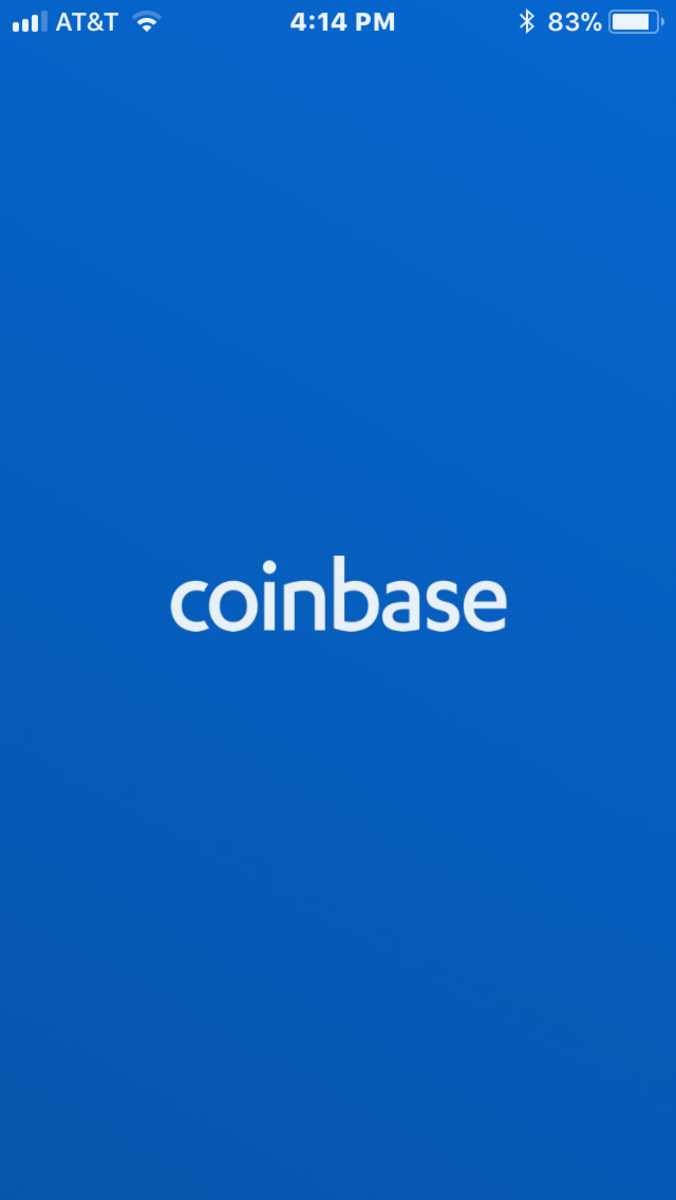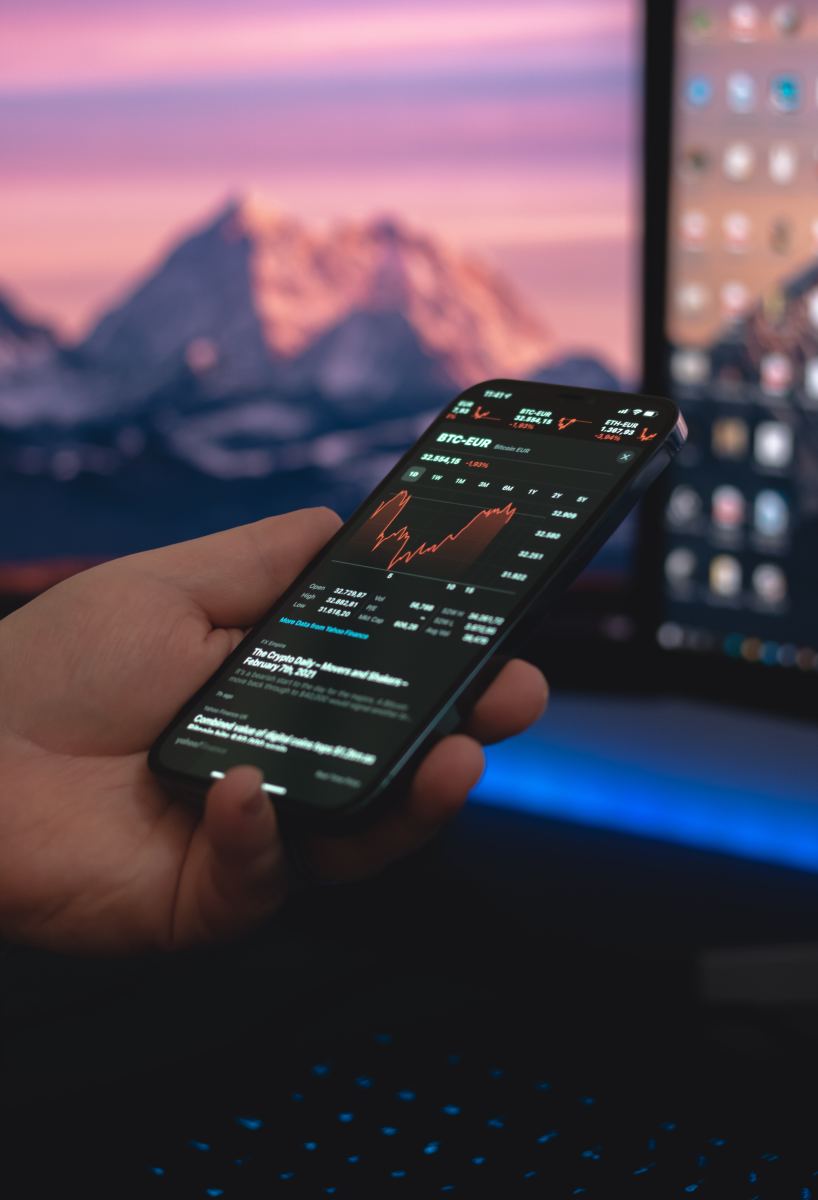Bitcoins, Litecoins, Dogecoins and other Altcoins: An Introductory Guide & How To Mine Them

Introduction
Cryptocurrencies such as Bitcoin seem to be all the rage these days. Since Bitcoin launched in 2009, there have been hundreds of other cryptocurrencies, also known as 'Altcoins', that emulate the same model that Bitcoin employs.
In a nutshell, cryptocurrencies get their value from the economic concept of demand and supply. It is a de-centralised currency with no government or natural resource backing it.
Cryptocurrencies are first 'mined' using specific algorithm routines such as SHA-256 and Scrypt. For each cryptocurrency, there is a maximum number of coins that can eventually be mined, and as that limit approaches, the mining difficulty increases exponentially. This means to say that, for a given cryptocurrency, your mining yield decreases over time. This measure helps regulate the supply of coins.
Demand, meanwhile, depends on both speculation and worldwide acceptance of the cryptocurrency. Bitcoin, for example, has gained gradual acceptance over the years; with certain merchants accepting it in place of traditional currencies. The infamous 'Silk Road', sometimes termed the 'Amazon of illegal drugs', was an online black market that made use of Bitcoins for trading. The increasing demand of Bitcoin led to its meteoric increase in value. At the start of 2013, a single Bitcoin was worth below $20; at the end of 2013, its value was around $950.
Due to its sole dependence on demand and supply, prices of cryptocurrencies are usually very volatile. When China banned the trading of Bitcoins in late 2013, the price of Bitcoins nearly halved overnight. Yet, despite analysts predicting a continued downward spiral, the value of a Bitcoin, as of January 2014, has rebounded to its previous levels.
Its volatility has made it attractive for speculators who buy and sell these cryptocurrencies to make a profit.
As an introductory guide, this Hub will focus on the basics of buying and trading cryptocurrencies such as Bitcoins, or the alternative method of mining them instead.
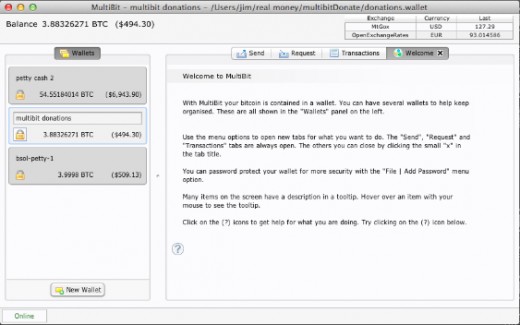
Buying Bitcoins
The easiest way to enter into the cryptocurrency market is through purchasing Bitcoins. Bitcoins are readily convertible into USD and vice versa. One you convert your USD into Bitcoins, you can then use the Bitcoins to trade it for other currencies, which will be explained later on.
The first thing you need to do is to create a Bitcoin wallet. I suggest using Multibit if you are running Windows, Mac or Linux. Meanwhile, a mobile Bitcoin Wallet also exists for the Android platform, which you can run on your phone and tablet.
A Bitcoin wallet will provide you with an address, with which you can use to receive money into it. There are many ways with which you can buy Bitcoins, which is explained in detail in this newbie guide on the Bitcoin Wiki. If you're looking to minimise your risk, I suggest purchasing Bitcoins from an established exchange. A list of major exchanges are listed on this Bitcoin Wiki page, which will be revised from time to time. Mt Gox is the most established Bitcoin exchange in the world, though other exchanges may offer slightly better rates. When trading on major exchanges, however, it is likely that you will need to supply some form of identification before allowing you to trade. This measure is implemented in order to reduce fraud.
Before buying your Bitcoins, it may be helpful to first take a look at the prevailing exchange rates, as you would do when trading in stocks or forex.
Once you have purchased your Bitcoins, you can either keep them as an investment, or use them to trade for other cryptocurrencies.
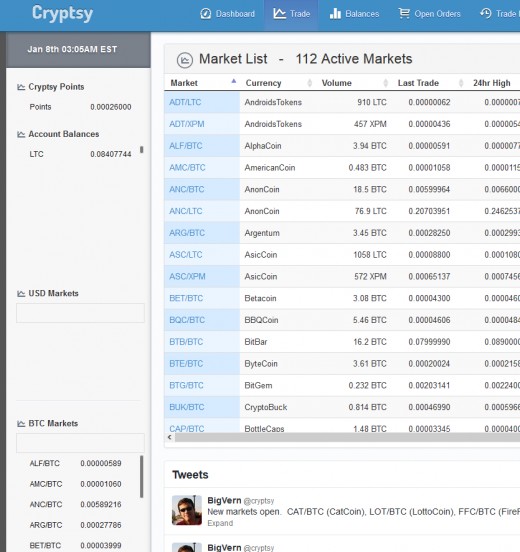
Trading Bitcoins
The other forms of cryptocurrencies are usually only purchasable with Bitcoins. The most popular alternative cryptocurrency, or 'Altcoin', is Litecoin. Litecoin is mined in a similar manner to Bitcoin, though it uses the Scrypt algorithm instead of SHA-256. It has been appreciating in value over the past few months, and some predict that it will experience a similar meteoric rise in 2014.
Thus, if you buy into that prediction, you may wish to convert some of your Bitcoins to Litecoins and wait.
Cryptsy is the most prominent exchange that allows you to trade between the numerous cryptocurrencies. It currently has a Bitcoin, Litecoin and a Primecoin market, from which you can trade in the numerous other Altcoins.
Depositing your Bitcoins into Cryptsy can be done under the 'Balances' tab. Then, under 'Bitcoin', click the 'BTC Actions' and then 'Deposit'. It will give you an address for you to deposit your Bitcoins to. Using the Bitcoin Wallet that you downloaded and installed earlier, you can transfer your Bitcoins to the address given by Cryptsy. Transactions will take a while to get processed as they will have to undergo a verification process.
Using Cryptsy, you can also withdraw your cryptocurrencies to an external wallet (which will incur a transaction fee), which you may wish to do when your cryptocurrency has appreciated against USD.
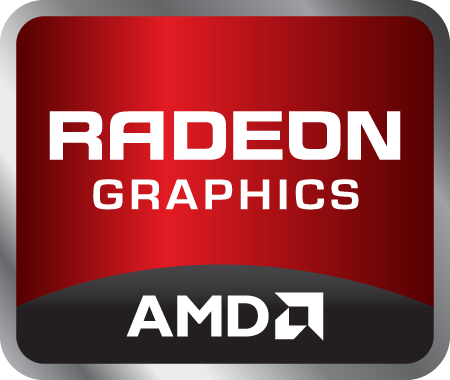
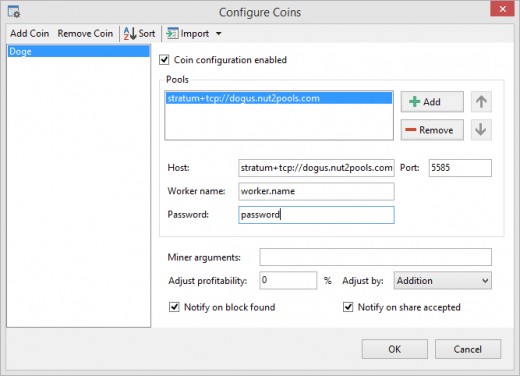
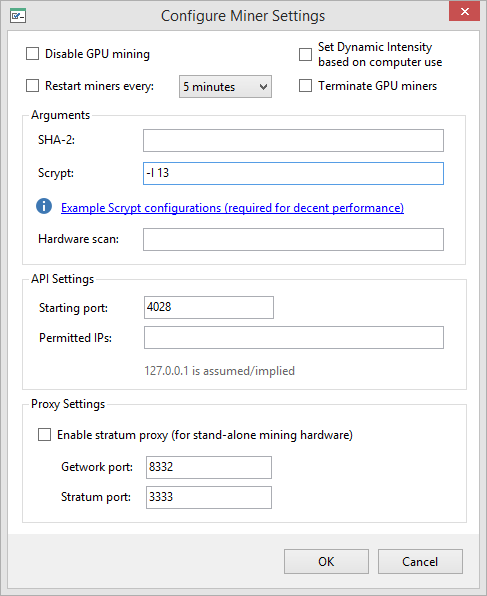
Mining Coins
The other alternative to obtaining Bitcoins, Litecoins and other Altcoins is by means of mining. Mining costs nothing, except the electricity consumption costs you may have to bear.
In order to mine coins, you need to have a desktop PC with a suitable graphics card. Mining using your computer's CPU instead of its graphics card is strongly not recommended, as a CPU mines over ten times slower than a mid-range graphics card. Mining using a laptop is not recommended as well, as mining is a heat-intensive activity that may overheat your laptop.
Of the graphics cards available, it would be best if you have an AMD Radeon graphics card. You can mine with Nvidia cards as well, but they are generally much slower for the same price due to its differing architecture. There is a comparison available here that shows the mining speeds for different hardware configurations. The higher the kH/s, the higher your mining yield.
For me, I use an AMD Radeon HD 5850, which mines at about 240kH/s.
In order to mine, you need to download a mining software. I suggest MultiMiner, which has an easy-to-use graphical user interface. A guide to using MultiMiner is available here.
Which Coin Should I Mine?
At present, it isn't lucrative mining Bitcoins or Litecoins any longer, given the fact that many coins have already been mined and the remaining coins are much, much harder to obtain. Instead, you should mine an Altcoin and then convert it using Cryptsy to Litecoin or Bitcoin.
The highest yielding coin varies from time to time. Over time, new coins may pop up that may become more profitable for mining. Certain pool websites, such as Multipool, automatically chooses the most profitable coin for mining at the moment and mines them for you.
One of the Altcoins that has gained popularity over the past few weeks, and is amongst the highest yielding ones, is Dogecoin. I have been mining Dogecoins off-and-on for the past few weeks.
In order to start mining Dogecoins, you need to download the Dogecoin Wallet, and then join a suitable pool. Pools make it much easier to mine, and the yield will be divided accordingly depending on your contribution to the pool. Personally, I have been using Nut2Pools which I find highly reliable.
After creating an account on Nut2Pools or any other Dogecoin pool (they generally use the same software), click on the 'My Workers' link on the left and create a worker.
Next, under 'Edit Account', key in the address of your Bitcoin wallet and configure the Automatic Payout Threshold.
Thereafter, head over to the 'Getting Started' page and input the details given in MultiMiner, under Settings->Coins->Add Coin. Do note that for Dogecoin, you have to choose 'Scrypt' as the algorithm method. A sample configuration page can be seen on the right.
To maximise your yield, you may need to adjust the intensity of your graphics card. To do so, click on 'Settings', and then click 'Advanced Miner Settings'. Then, under the 'Scrypt' box, type '-I 13' in it. This configuration gives me the highest hashrate for my graphics card, but your mileage will vary. You may wish to enter any value (from 8 to 20) and see which option gives you the highest hashrate.
If everything goes smoothly, whenever you login to Nut2Pools or your pool website, you will be able to see your hashrate and your transaction history. If automatic payout is configured, once a threshold is reached, the coins will be automatically be deposited to your Dogecoin Wallet. From there, you can withdraw your coins and transfer them to Cryptsy.
Note that the procedure is roughly the same no matter which coin you wish to mine. Basically, you first need to acquire a wallet for the cryptocurrency you wish to mine, then, add the cryptocurrency into MultiMiner, and lastly, join a pool pertaining to the cryptocurrency (or use Multipool, which I mentioned earlier) and you're all set for mining!
With that, I wish you all the best in your journey in Bitcoins, Altcoins and beyond!





